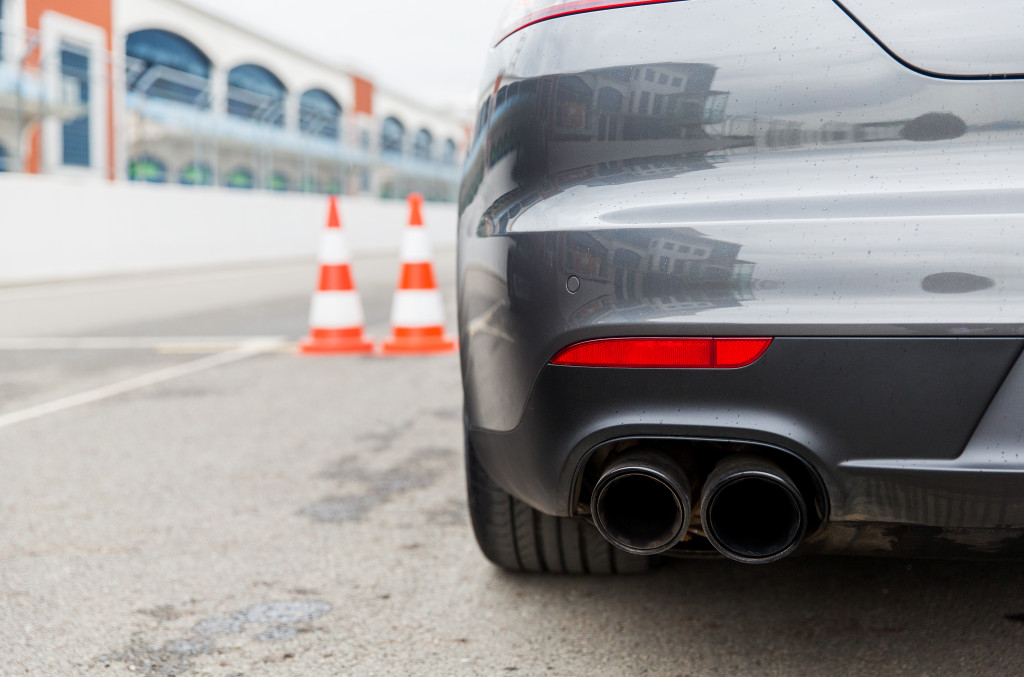Racing is a popular sport that people of all ages enjoy. However, many people may not know how dangerous racing can be. According to the National Highway Traffic Safety Administration, there were over 9,500 fatalities due to motor vehicle crashes last year. Out of those fatalities, 3,328 were a result of speeding. This statistic means that over one-third of all motor vehicle fatalities directly result from speeding.
In addition to speeding, racing can also be hazardous due to the risks involved in driving on a track. For example, six fatalities were due to track events. In many cases, drivers lose control of their cars and crash into walls or other drivers. This step can lead to severe injury or death.
While racing can be a fun and exhilarating experience, it is essential to remember that it can also be hazardous. If you plan to participate in a race or take your car to the track, please take appropriate safety precautions and obey all traffic laws. Failure to do so could lead to severe injury or death. A community race event might be an excellent opportunity to come together and have fun while promoting safe driving habits.
When planning a community race event, it is essential to consider the safety of all participants. Here are a few steps to help ensure a safe and successful event.
Find a Safe Location
The first step in planning a safe community race is to find a suitable location. The race should take place on a closed course with no public traffic. This step will ensure the safety of both drivers and spectators. In addition, the course should be well-lit and have adequate signage.
Of course, city permits and licenses should get obtained before the event. You can contact your local city hall for more information on permitting.
Selecting Qualified Drivers
Another crucial step in ensuring a safe community race is only to allow qualified drivers to participate. All drivers should have valid driver’s licenses and insurance. In addition, they should pass a safety check conducted by the event organizers. This step will help ensure that all drivers can operate their vehicles safely.
It is also important to note that not all drivers have the same skill level. It is essential to create separate divisions for different skill levels. This step will help to prevent accidents caused by mismatched skill levels.
Creating Safety Rules and Regulations
In addition to selecting qualified drivers, it is also important to create safety rules and regulations. These rules should get designed to protect both drivers and spectators. For example, all drivers should wear seatbelts and helmets. In addition, no alcohol or drugs should be allowed before or during the event.
There should also be a designated area for spectators. This area should be fenced off the track so that viewers cannot wander onto the course.
It is also essential to have emergency personnel on standby in case of an accident. The list should include ambulance services and firefighters. Law enforcement might also need to be present depending on the event’s location.
Prepare the Tools and Equipment

The cars used for racing should come from the drivers themselves. However, the rest of the necessities belong to the organizers. For example, the organizer must provide cones, flags, and other safety equipment. This step will help ensure that all drivers have what they need to stay safe on the track.
In addition to safety equipment, each car should get equipped with a race-day communications system. This system will allow drivers and organizers to communicate with each other in an emergency. Some people might even require two-way radios.
Conduct a Practice Run
Once all the necessary steps have been taken, it is time to conduct a practice run. This step will help ensure that everything runs smoothly on race day. It will also allow organizers to make any necessary changes.
During the practice run, pay close attention to the track and the cars. Make sure that there are no loose objects on the way. In addition, check to see that all the safety equipment is in working order. Police speed gun radars might also be necessary to help ensure that drivers do not exceed the speed limit. It would be vital to place them strategically to remind racers passing by that they need to lower their speeds at dangerous turns.
After the practice run, debrief with all of the participants. This step will allow you to address any concerns before race day.
On race day, keep an eye on the weather conditions. If it looks like it might rain, consider postponing the event. Wet conditions can make racing dangerous.
Final Thoughts
Racing can be a fun and exciting experience for everyone involved. However, it is essential to remember that it can also be dangerous. Following these steps can help ensure a safe and prosperous community.

